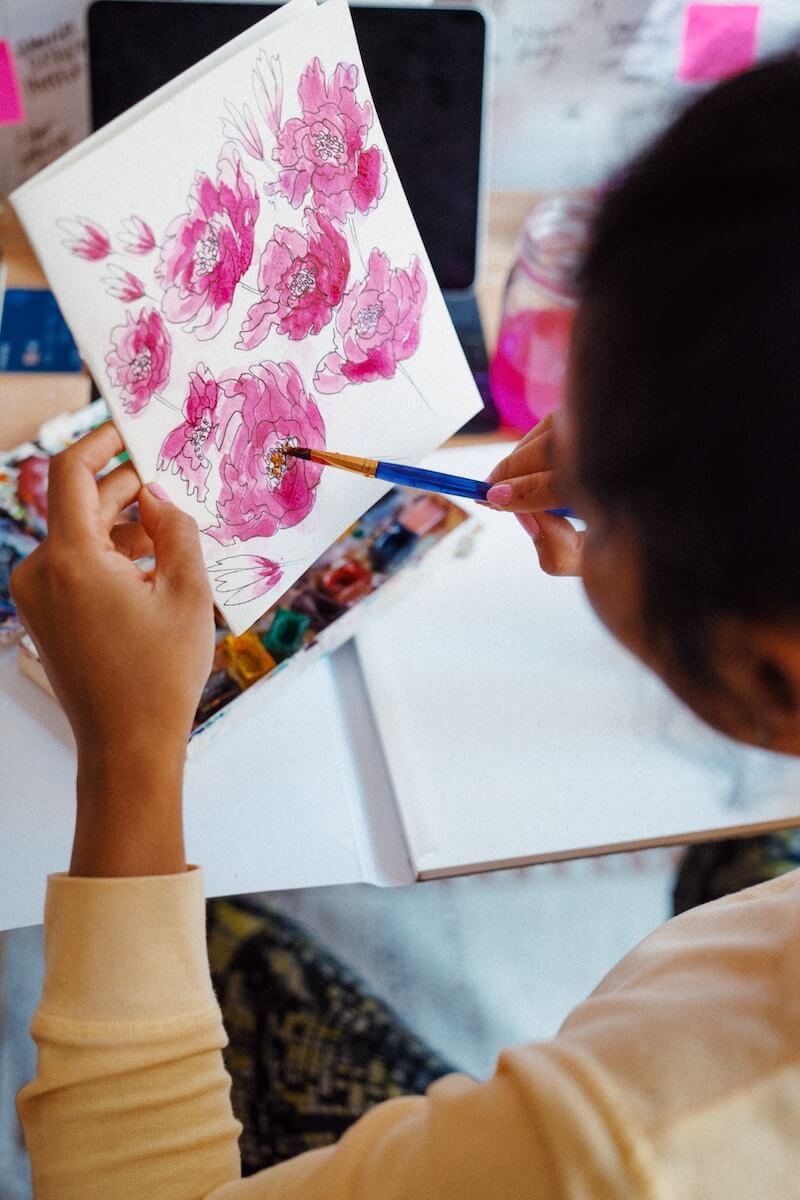Are you tired of your watercolor paintings looking flat and lifeless? If so, it’s time to experiment with some new texture techniques! In this article we’ll explore 12 different ways to add texture to your watercolor paintings, from using gauze and baking sheets to salt water and alcohol.

- Gauze: Try using different types of gauze to create unique textures by placing it over the wet paint and then removing it once the paint has dried.
- Baking sheet: Use a baking sheet to create a textured effect by placing it over the wet paint and then removing it once the paint has dried. You can experiment with different types of baking sheets to create different textures.
- Saltwater: Create an interesting texture by sprinkling salt over the wet paint and allowing it to dry. The size of the salt grains will affect the texture, so feel free to experiment.
- Alcohol: Drop alcohol onto the wet paint to create a unique texture. The concentration of alcohol will affect the texture, so try experimenting with different strengths.
- Bubbles: Blowing bubbles onto the wet paint can create a unique texture. Use different types of soap to create different textures.
- Rice: Sprinkle rice over the wet paint to create a unique texture. The size of the rice grains will affect the texture, so experiment with different types of rice.
- Masking fluid: Apply masking fluid to the paper before painting and then remove it once the paint has dried to create a textured effect. Different types of masking fluid will create different textures.
- Magic eraser sponge: Dabbing a magic eraser sponge onto wet paint creates a unique texture. You can experiment with different types of sponges to create different textures.
- Plastic wrap: Placing plastic wrap over wet paint can create an interesting texture. Experiment with different types of plastic wrap to create different effects.
- Tissue paper: Placing tissue paper over wet paint and then removing it creates a textured effect. Different types of tissue paper will create different textures.
- Toothbrush: Flicking watercolor paint onto paper using a toothbrush creates a splatter effect. Experiment with different types of toothbrushes for different textures.
By experimenting with these techniques, you can add depth and interest to your watercolor paintings. Don’t be afraid to try something new and see where it takes you! Share your experiences below in the comments
